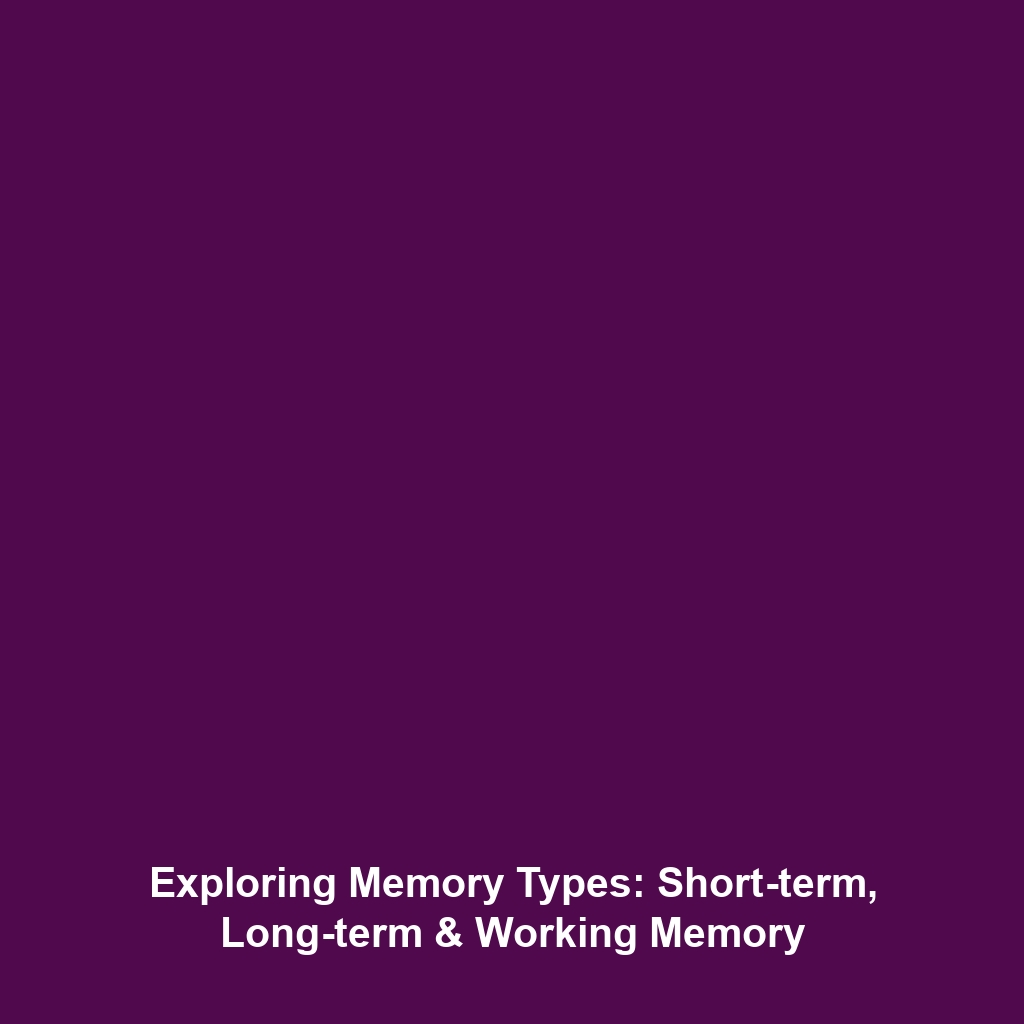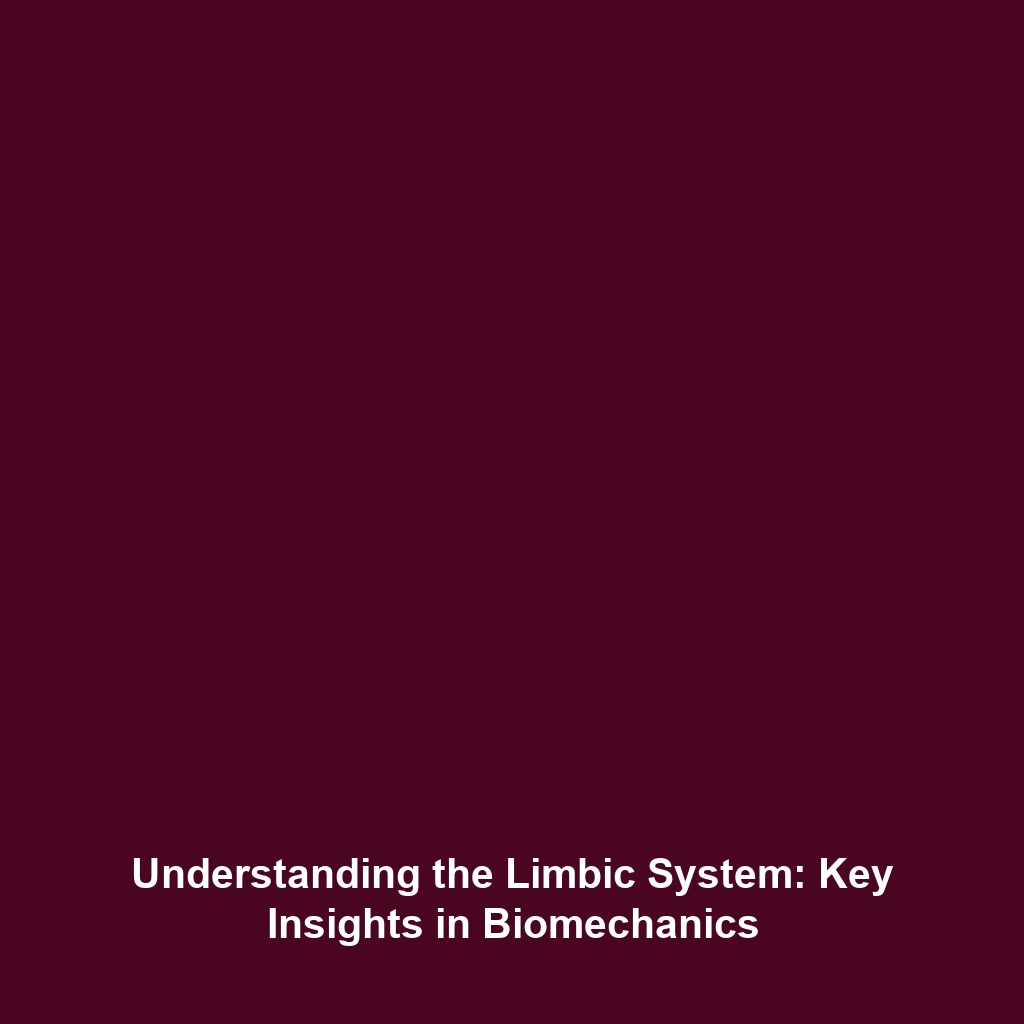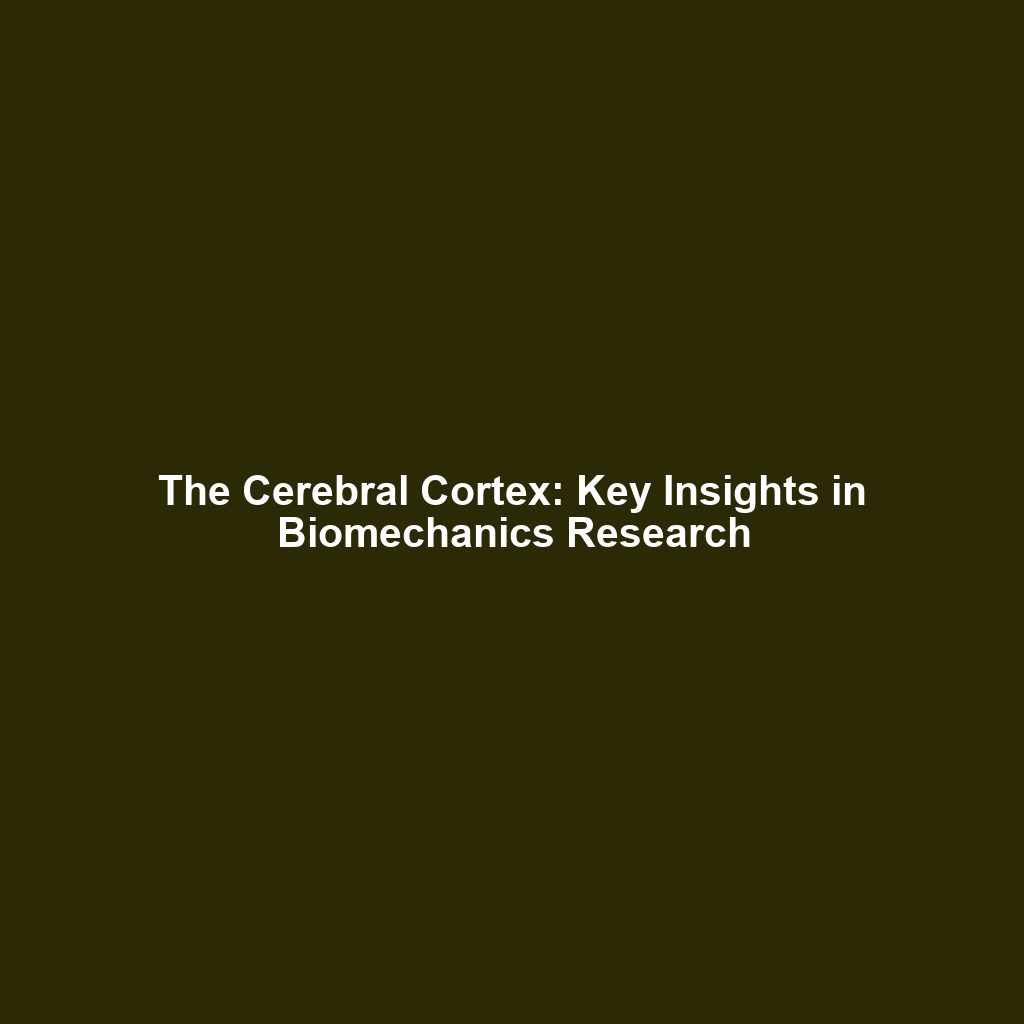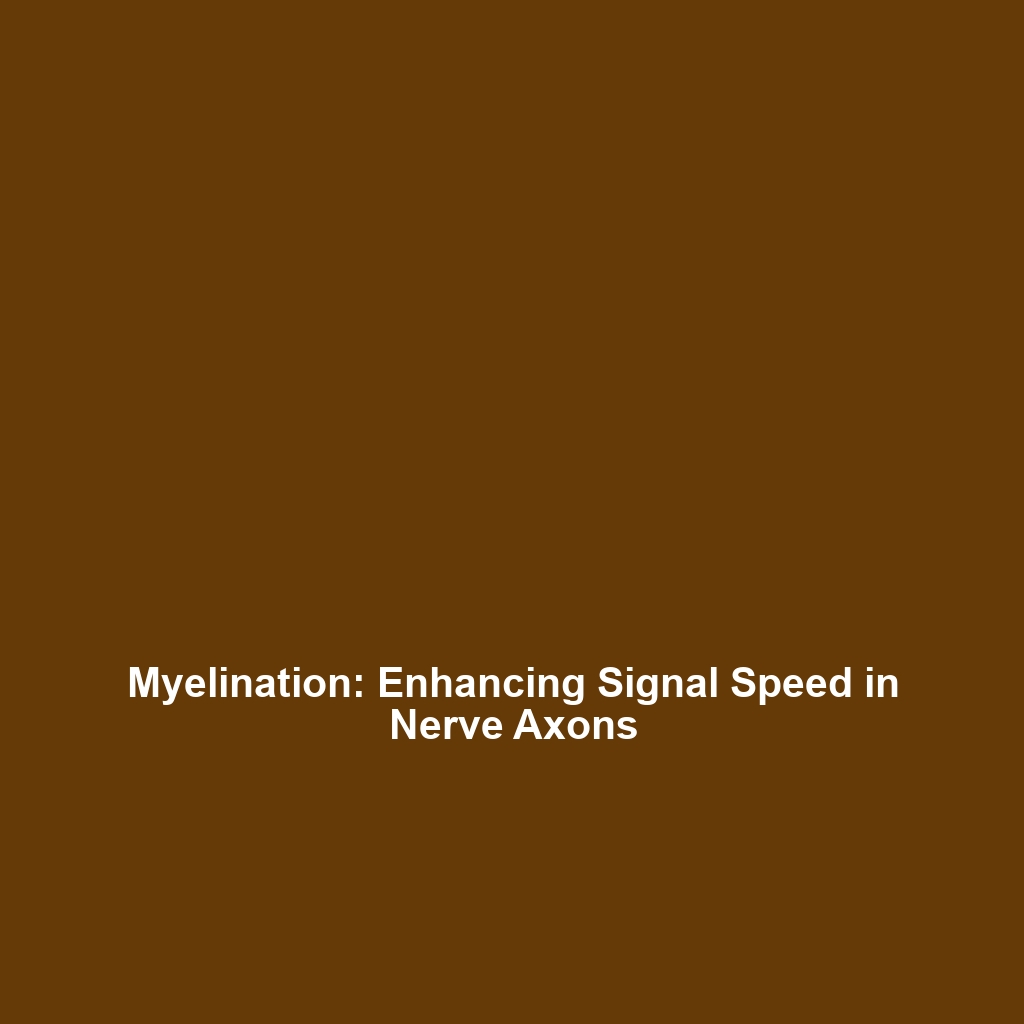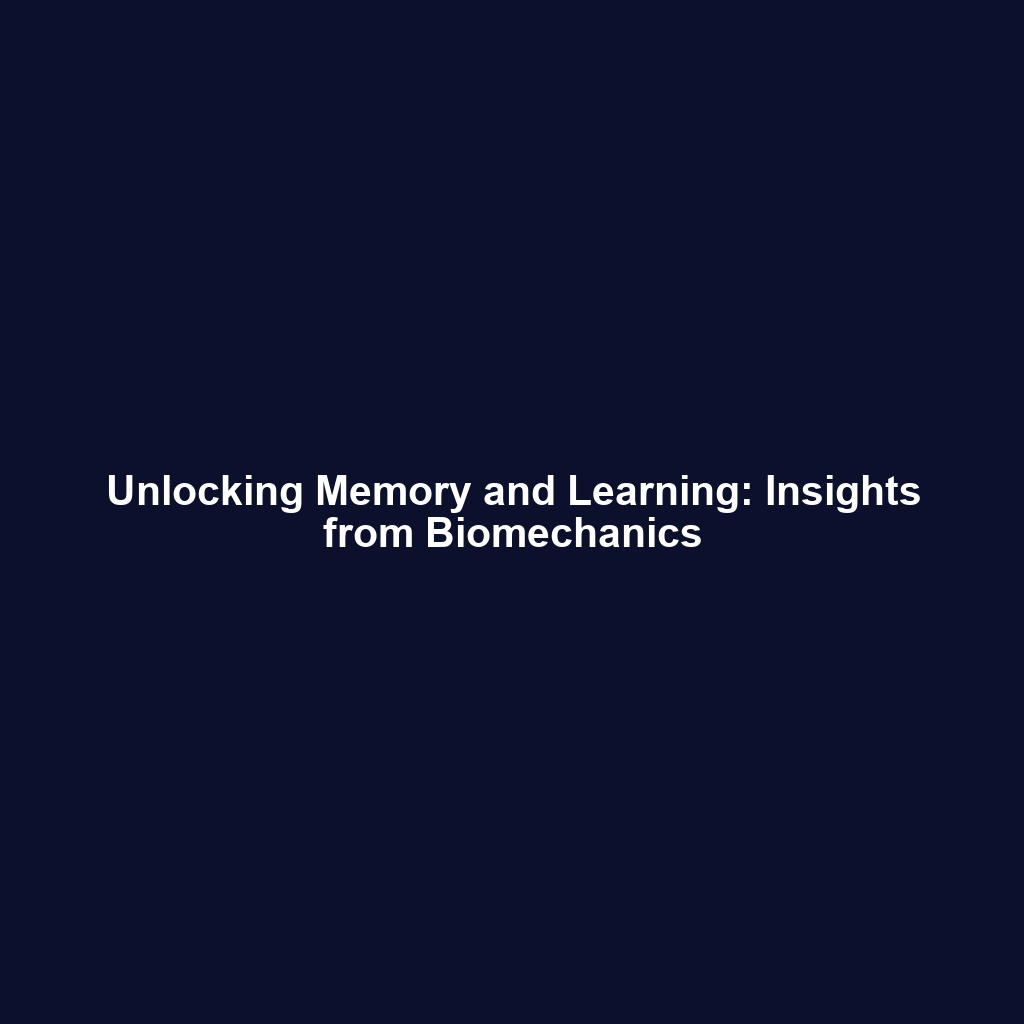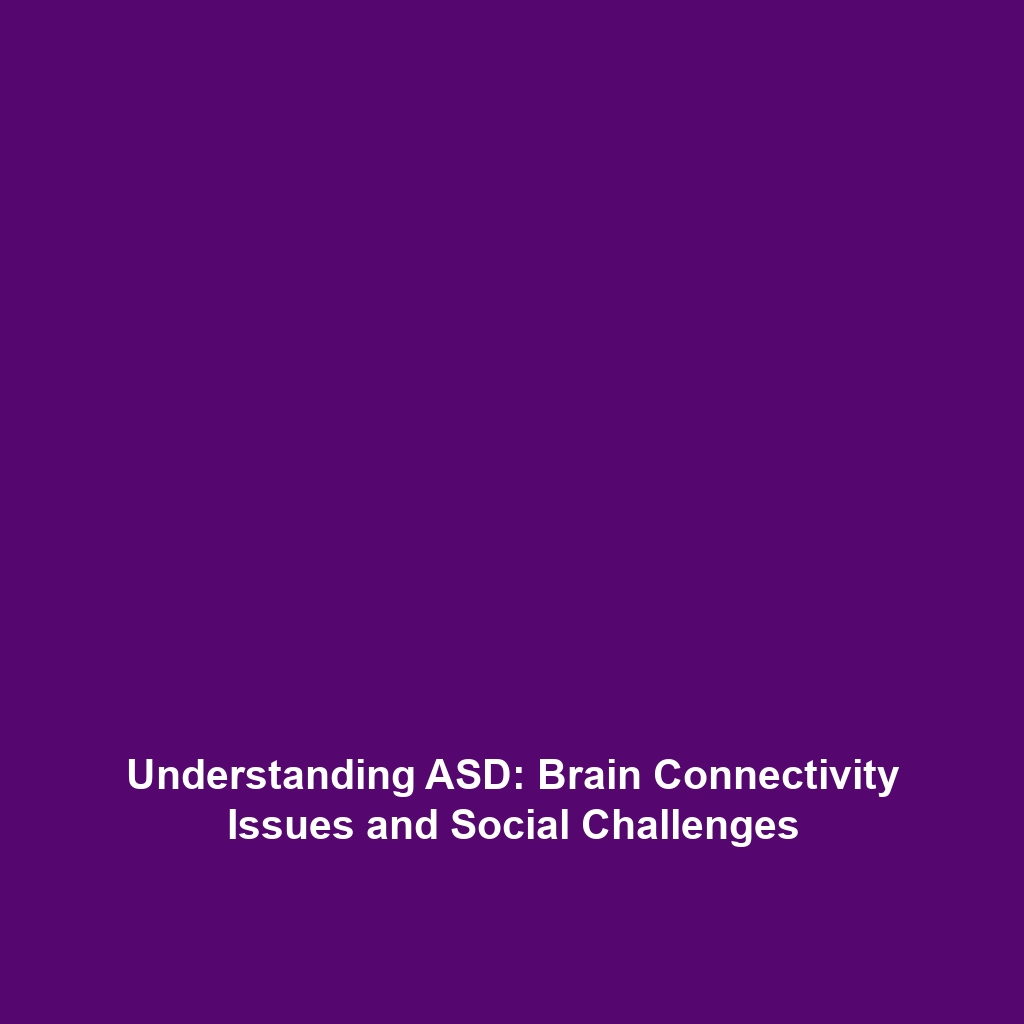Types of Memory: Short-Term Memory, Long-Term Memory, and Working Memory
Introduction
The study of types of memory—including short-term memory, long-term memory, and working memory—is crucial for understanding human cognition and its implications in the field of biomechanics. These cognitive processes play a significant role in how individuals learn, adapt, and perform physical activities. By exploring these memory types, we can gain insights into their impact on motor skills, athletic performance, and rehabilitation strategies, thereby bridging neuroscience and biomechanics.
Key Concepts
Short-Term Memory
Short-term memory, often referred to as primary or active memory, is a temporary storage system that holds information for a brief period, typically seconds to minutes. This type of memory is essential for tasks requiring immediate recall, such as remembering a sequence of movements during physical activities.
Long-Term Memory
Long-term memory allows for the storage of information over extended periods, which can range from days to decades. This type of memory is crucial for retaining complex motor skills, such as riding a bicycle or playing a musical instrument, and is vital for athletic training and performance.
Working Memory
Working memory is a more advanced form that integrates short-term memory processes. It enables individuals to hold and manipulate information in real time, essential for tasks like strategizing during sports. In biomechanics, working memory can influence how athletes respond to ever-changing environments.
Applications and Real-World Uses
The applications of types of memory within the realm of biomechanics are vast and varied:
- Sports Training: Coaches utilize principles of memory to design drills that enhance athletes’ retention of skills and strategies.
- Rehabilitation: Therapists employ memory techniques to promote recovery in individuals recovering from injuries, focusing on long-term and working memory for effective rehabilitation.
- Athletic Performance: Understanding how memory influences motor skills can help athletes optimize their training regimens to improve performance.
Current Challenges
Despite the significant findings in the study of memory types, there are several challenges and limitations:
- Variability in individual memory capabilities, leading to inconsistent application in training.
- Difficulty in quantifying and measuring different types of memory in real-world scenarios.
- The complexity of integrating cognitive training with physical training in sports settings.
Future Research and Innovations
Future studies on types of memory are essential to advance the field of biomechanics. Potential innovations include:
- Development of technologies that enhance memory retention through cognitive training apps integrated with biomechanics.
- Research on the neurological underpinnings of memory as it relates to motor performance.
- Exploration of virtual reality as a tool to improve memory and motor learning simultaneously.
Conclusion
In conclusion, the study of short-term memory, long-term memory, and working memory offers profound insights into cognition and human performance in the field of biomechanics. Understanding these memory types opens pathways for innovative applications in sports training and rehabilitation. For further exploration on related topics, consider reading our articles on motor skills and neuroscience in athletics.
